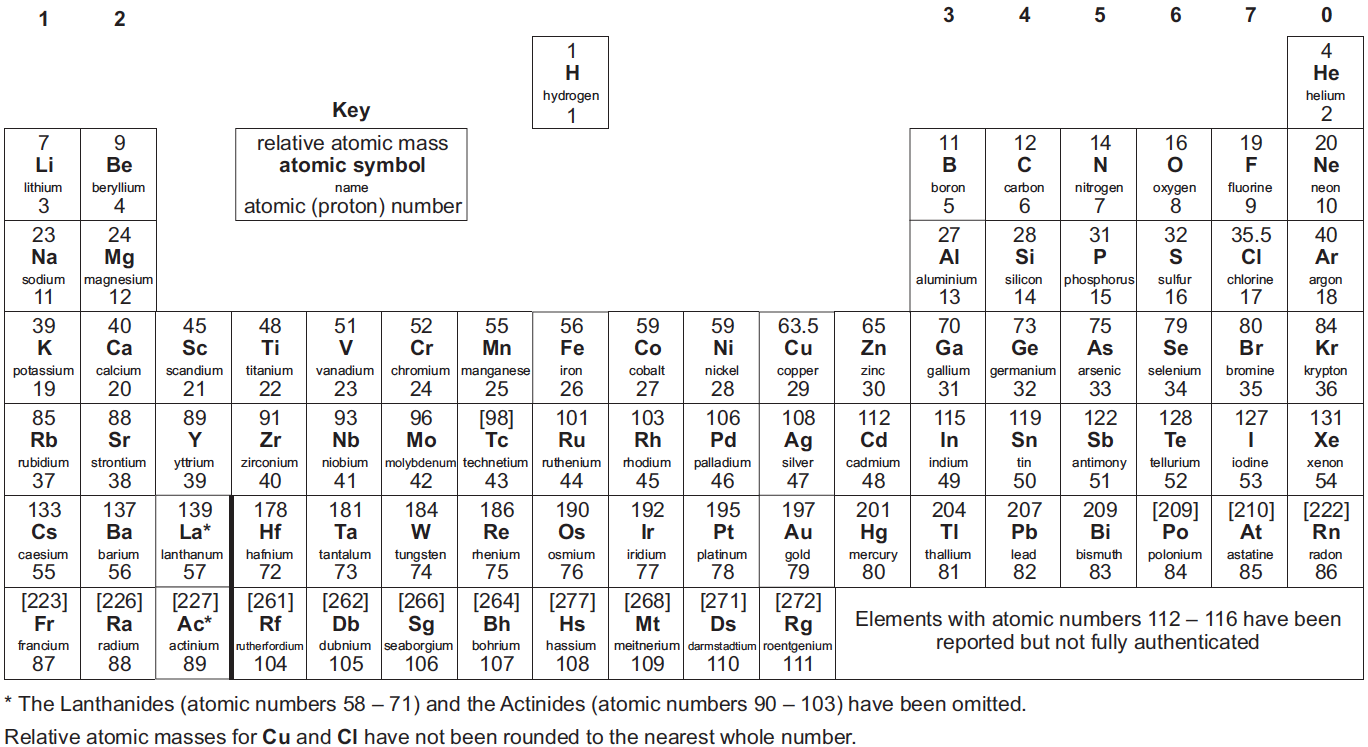Question #b4e7a
1 Answer
It is Ionic Bonding.
Explanation:
The Ionic Bonding is when a non-metal and a metal react together to form ions, so, metals lose electrons and nonmetals gain electrons.
Extra Example:-
The common example of Ionic Bonding is Sodium Chloride (NaCl).
which we call "the table salt". In this, the metal sodium loses 1 electron and the nonmetal chlorine gains 1 electron.
The sodium becomes positive ion because the electrons are now less than protons and chlorine becomes negative ion because the electrons are now more than protons.
You can learn more about it below:-
 Desktop
Desktop
You can use this periodic table to recognise ionic bonding.
It has Metals and Non Metals.
More Information:-
There is another bonding which only occurs between nonmetals and it is called Covalent Bonding. In this no ions are produced because no atom loses or gains electron but they share electrons instead to get full outer shell.
